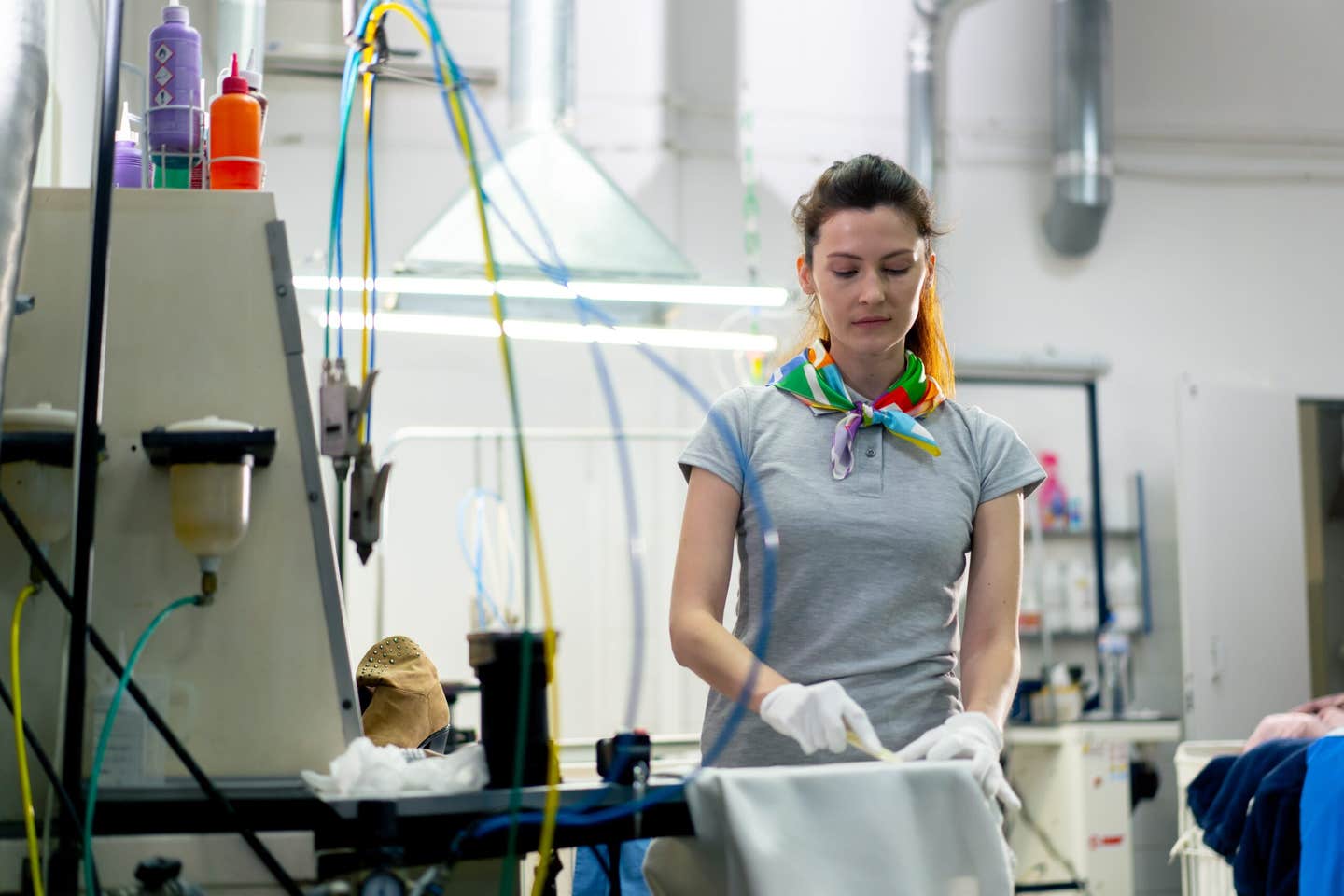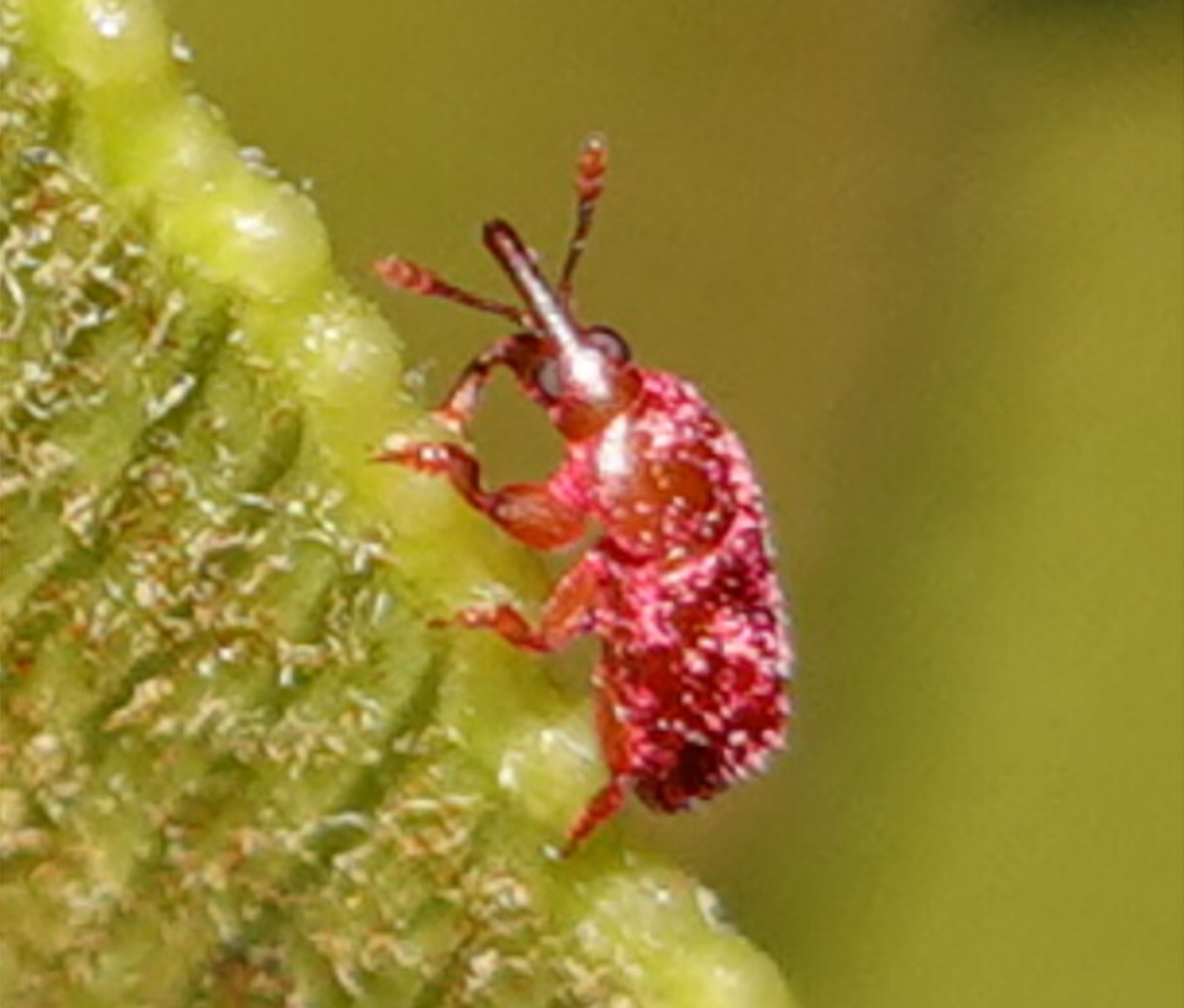Common dry cleaning chemical linked to liver disease
A solvent used in dry cleaning, may triple the risk of liver fibrosis, underscoring how everyday chemical exposure can quietly harm the liver.

 Edited By: Joseph Shavit
Edited By: Joseph Shavit

Study links dry cleaning chemical PCE to triple the risk of liver fibrosis and potential liver failure. (CREDIT: Shutterstock)
Liver disease is often linked to heavy drinking, obesity, or viral infections. But new research suggests another hidden culprit: a common industrial chemical.
A study from Keck Medicine of USC, published in Liver International, found that exposure to tetrachloroethylene (PCE) — a solvent used in dry cleaning and metal degreasing — may sharply raise the risk of liver fibrosis, a type of scarring that can lead to liver failure, cancer, or death.
A Common Yet Overlooked Chemical
PCE is a clear, man-made liquid found in products like adhesives, spot cleaners, and stainless steel polish. It evaporates easily, but once released, it can linger in air, water, and soil. Even freshly dry-cleaned clothes can release small amounts of PCE for days.
The International Agency for Research on Cancer already lists PCE as a probable carcinogen linked to bladder and non-Hodgkin lymphoma. Now, this study adds liver disease to the list of concerns. “This is the first study to show a link between human PCE levels and significant liver fibrosis,” said Dr. Brian P. Lee, the study’s lead author and a hepatologist at USC. “It highlights how much we’ve overlooked environmental factors in liver health.”
Measuring the Impact
To study PCE’s effects, researchers analyzed data from the National Health and Nutrition Examination Survey (NHANES), which tracks the health of a representative sample of Americans. Between 2017 and 2020, more than 1,600 adults had their blood tested for PCE. About 7% had measurable levels, ranging from 0.034 to 57.5 nanograms per milliliter.
Those with detectable PCE were more than three times as likely to have significant liver fibrosis as those without it. The higher the PCE levels, the higher the risk — with each additional nanogram per milliliter increasing fibrosis odds roughly fivefold.
Not Just About Alcohol or Obesity
What makes the findings striking is that traditional risk factors — such as alcohol use, obesity, or diabetes — didn’t explain the damage. “Patients often ask how they can have liver disease if they don’t drink or have the usual risk factors,” said Lee. “For some, the answer might be PCE exposure.”
The study also found differences between groups. Higher-income households showed greater odds of having PCE in their blood, likely due to more frequent dry cleaning. Meanwhile, people who work in dry cleaning or industrial settings face long-term exposure and even higher risk.
Regulation and Remaining Risks
Because of its toxicity, the U.S. Environmental Protection Agency (EPA) is phasing out PCE use in dry cleaning over the next decade and tightening restrictions elsewhere. However, the chemical is still in circulation — especially in areas without strict regulations — and can seep into groundwater, contaminating public water systems.
“PCE exposure could explain why one person develops liver disease while another with the same health profile does not,” Lee said. Even with ongoing phaseouts, the public may still encounter it through air, water, or household products.
What Comes Next
The researchers hope their findings inspire more studies on environmental toxins and liver health. “There are undoubtedly other chemicals like PCE that harm the liver,” said Lee. He emphasized that doctors should consider environmental causes when diagnosing liver problems.
Early detection remains key. Screening for liver fibrosis in people exposed to PCE could help catch the disease early and prevent irreversible damage. “If we identify fibrosis sooner, patients have a much better chance to recover,” Lee said.
Why It Matters
This study broadens how we think about liver disease. It suggests that public health efforts should address not only lifestyle and viral causes but also environmental exposures. The results could guide stronger EPA rules, promote safer industrial alternatives, and encourage more routine liver screening for people who work around or frequently use dry cleaning products.
Over time, reducing exposure to harmful chemicals like PCE could prevent thousands of liver disease cases — and ease the strain on healthcare systems worldwide.
Research findings are available online in the journal Liver International.
Related Stories
- Washing machines may be spreading dangerous bacteria, study finds
- Dishwashers can be harmful to your health, study finds
- Simple blood test can predict risk of severe liver disease years in advance
Like these kind of feel good stories? Get The Brighter Side of News' newsletter.
Rebecca Shavit
Science & Technology Journalist | Innovation Storyteller
Based in Los Angeles, Rebecca Shavit is a dedicated science and technology journalist who writes for The Brighter Side of News, an online publication committed to highlighting positive and transformative stories from around the world. With a passion for uncovering groundbreaking discoveries and innovations, she brings to light the scientific advancements shaping a better future. Her reporting spans a wide range of topics, from cutting-edge medical breakthroughs and artificial intelligence to green technology and space exploration. With a keen ability to translate complex concepts into engaging and accessible stories, she makes science and innovation relatable to a broad audience.



